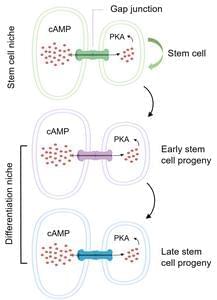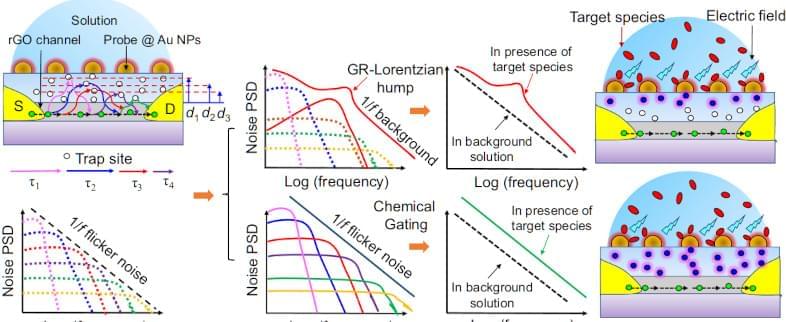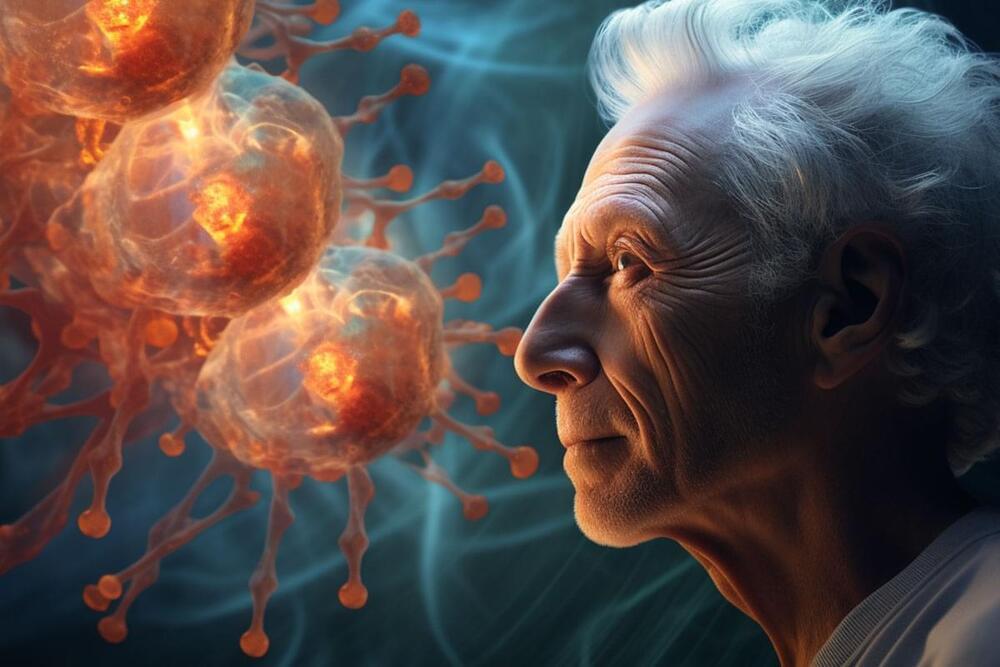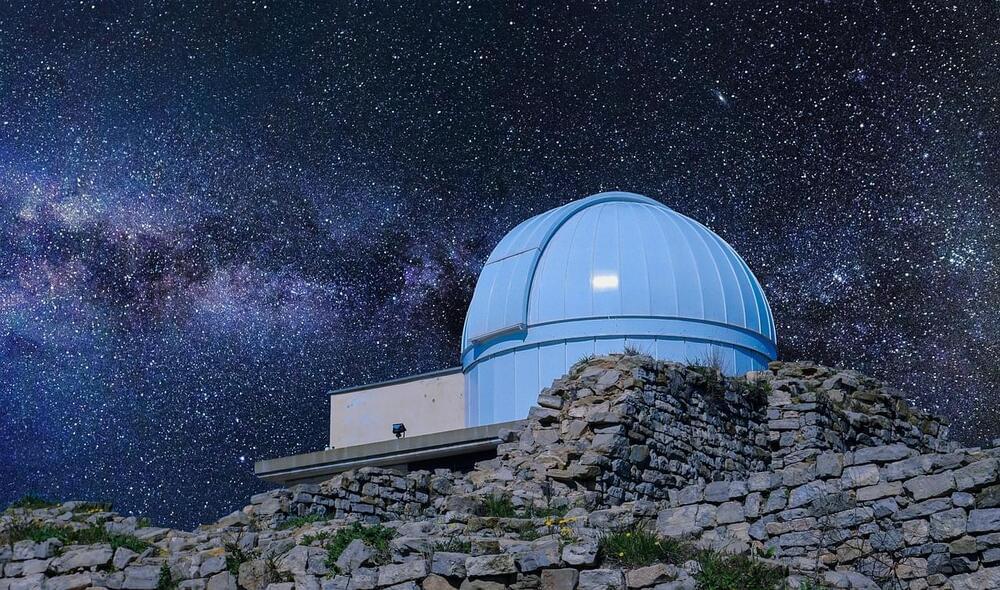A biological pathway through which myelin, the protective coating on nerve fibers, can be repaired and regenerated has been discovered in a new study. The ramifications of this finding could be far-reaching for those with neurological diseases affecting myelin, many of which are currently untreatable.
If the axons that shoot out from the cell bodies of neurons are like electrical wires, you can think of the myelin sheath as the insulating plastic outer coating. In the brain, these sheathed nerve fibers make up most of the tissue known as white matter, but axons throughout the body are also coated in myelin.
The myelin sheath’s main functions are to protect the axon, to ensure electrical nerve impulses can travel quickly down it, and to maintain the strength of these impulses as they travel over what can be very long distances.
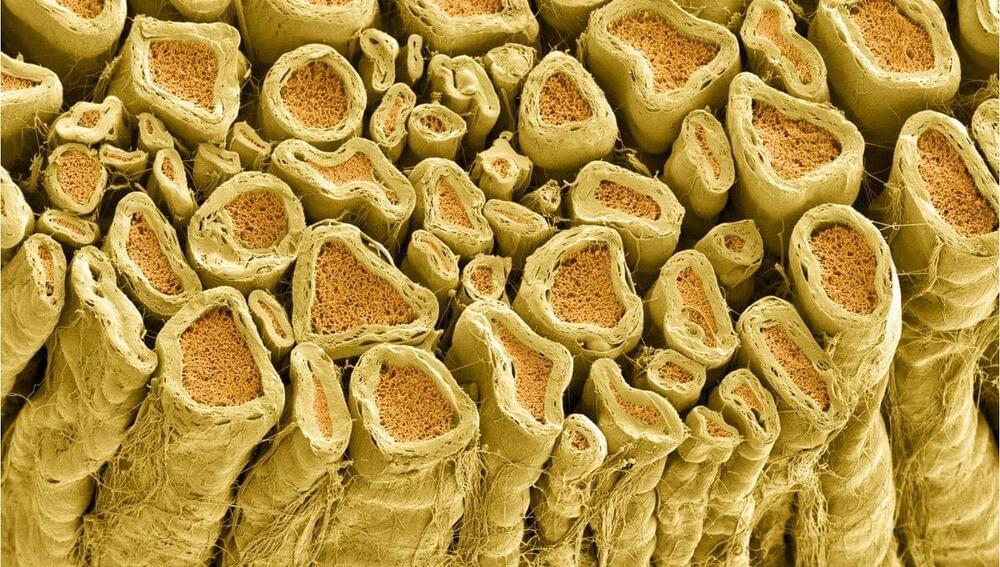


 עברית (Hebrew)
עברית (Hebrew)
